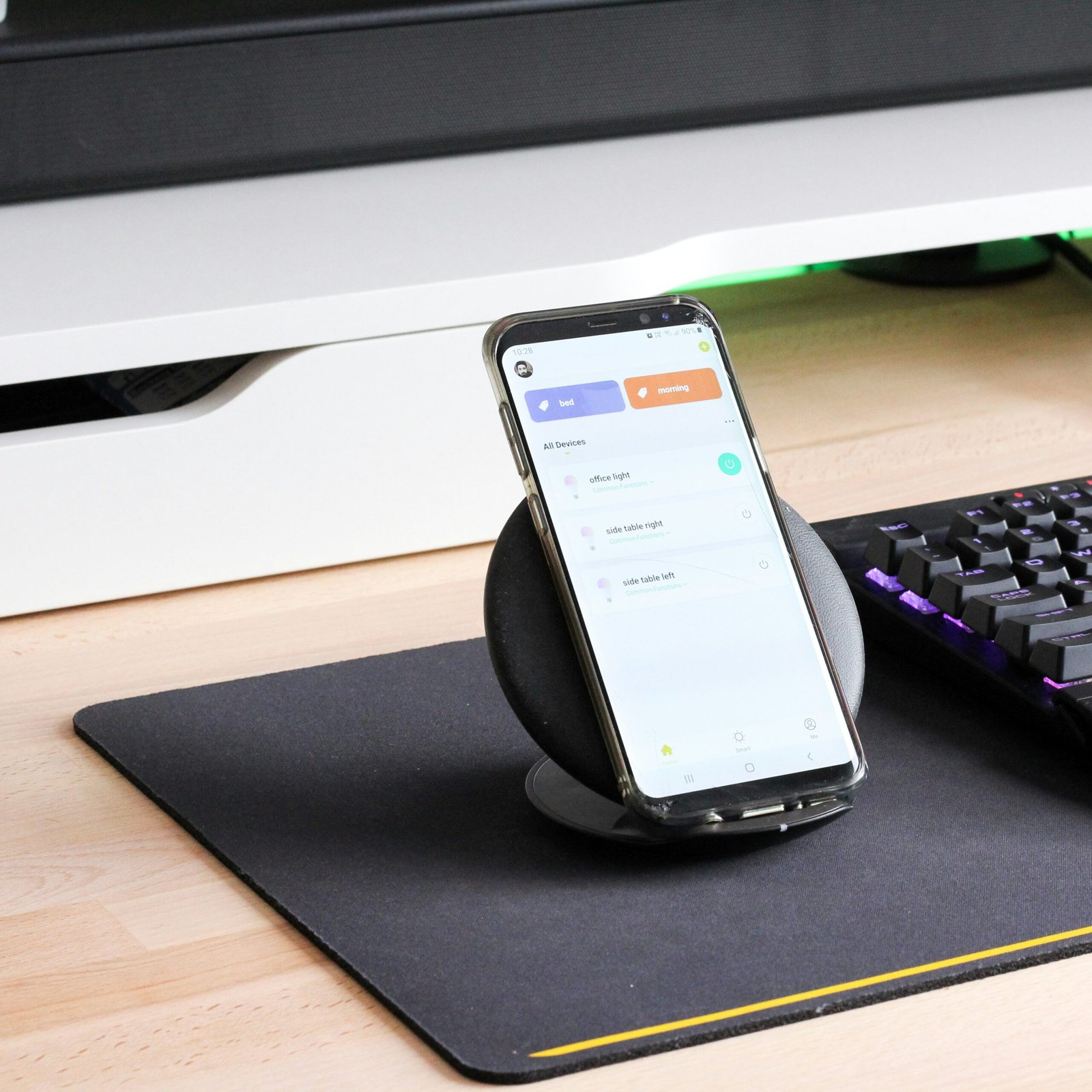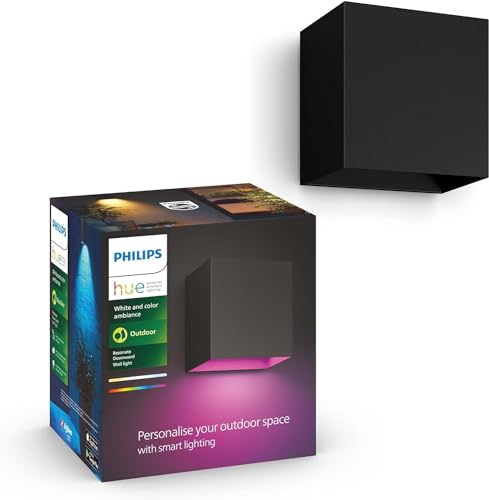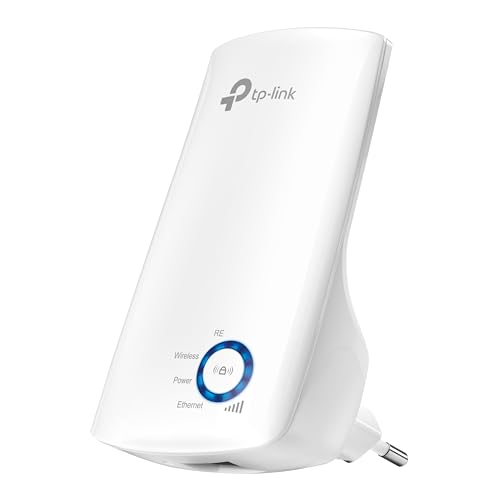
Introduction: What is Smart Lighting?
Smart lighting refers to advanced lighting solutions that allow users to control their home illumination through internet-connected devices. This technological innovation empowers individuals to remotely manage their lighting systems using smartphones, tablets, or smart home assistants. Not only can users turn lights on or off from anywhere, but they can also adjust brightness, set schedules, and even change colors to suit their mood or activity. Key features of smart lighting systems include automation capabilities, which enable lights to respond to specific triggers such as motion detection or time schedules, fostering a seamless user experience.
For beginners exploring smart home technology, smart lighting serves as an excellent entry point. Its user-friendly interface and straightforward installation process ease newcomers into the world of home automation. By adopting smart lighting, users can enjoy numerous benefits including energy savings, as these systems often allow for programming and monitoring of light usage, reducing wasted energy. Additionally, smart lighting enhances home ambiance through customizable settings that support varying activities, whether it be an intimate dinner or a vibrant party atmosphere.
Beyond practical advantages, smart lighting contributes to improved security. By automating lights to mimic occupancy, homeowners can deter potential intruders while they are away. Moreover, the ability to control lighting remotely grants peace of mind, enabling users to check their home’s lighting status at any time. As a versatile solution, smart lighting aligns well with modern lifestyles, catering to both convenience and functionality. Embracing this beginner’s guide to smart lighting opens up a world of possibilities for enhancing one’s living space through sophisticated yet accessible technology.
How Does Smart Lighting Work?
Smart lighting technology represents a significant advancement in home automation systems, enabling homeowners to customize their lighting easily and effectively. At the core of this technology are smart bulbs and switches that incorporate various communication protocols, such as Wi-Fi or Bluetooth, allowing them to connect seamlessly to the home network. When a smart bulb is installed, it can often be controlled via an accompanying smartphone app or a dedicated smart lighting hub. These apps typically provide users with the ability to adjust brightness, change colors, or create schedules for when lights should turn on or off.
Moreover, smart lighting systems can also be integrated with voice assistants like Amazon Alexa, Google Assistant, and Apple’s Siri. This integration significantly enhances user interaction, allowing homeowners to control their lights effortlessly using simple voice commands. For instance, one could say, “Hey Google, turn on the living room lights,” which would send a signal through the home network, activating the connected smart bulbs. Such conveniences exemplify how the technology behind a beginner’s guide to smart lighting not only simplifies control but also creates an interactive and responsive lighting environment.
Additionally, many smart lighting solutions support features such as geofencing, which allows the lights to turn on or off automatically based on the user’s location. This means that as you approach your home, the lights can illuminate the driveway, providing both comfort and security. In essence, the interplay between smart bulbs, switches, and varying connection methods, combined with the power of voice assistants, forms the foundation of modern smart lighting systems. By leveraging this technology, users can create personalized lighting scenarios tailored to their specific preferences and needs.
Types of Smart Lighting
In the evolving world of home automation, smart lighting has emerged as a versatile and essential component for enhancing living spaces. This beginner’s guide to smart lighting introduces various types that cater to different needs and preferences, thereby transforming how we experience light in our homes.
One of the most popular types is the smart bulb. These innovative bulbs come in several varieties, including dimmable, color-changing, and white-only options. Dimmable smart bulbs allow users to adjust brightness levels to create the desired ambiance for any occasion, while color-changing bulbs offer an extensive palette, enabling customization in accordance with mood or event themes. White-only bulbs provide a more straightforward approach, utilizing varying shades of white light for different environments, thus ensuring clarity and comfort.
Beyond bulbs, smart light strips present another exciting option for accent lighting. These flexible strips can be installed in a myriad of locations, such as under cabinets, along staircases, or as backlighting for televisions. Their adhesive nature and versatility make them a favored choice for those looking to add depth and style to their spaces. Furthermore, smart light strips frequently allow for color customization and synchronization with music or other smart devices, enhancing the overall atmosphere.
Smart light switches are also gaining traction, enabling users to control existing lighting fixtures without the need for complete replacement. By replacing traditional switches with smart alternatives, homeowners can effortlessly manage their lights through smartphone apps or voice-activated devices—allowing for greater energy efficiency and convenience.
Lastly, smart lamps serve as standalone lighting options that combine functionality with design. These lamps can often incorporate features such as wireless charging, Bluetooth connectivity, and customizable light settings. As a result, they become not only a source of illumination but also a stylish addition to any room.
Choosing the Right Smart Lighting for Your Home
When embarking on your journey with smart lighting, selecting the right products for your individual needs is crucial. The first factor to consider is compatibility with your existing home automation systems. Ensure that any smart lighting solutions you choose can seamlessly integrate with platforms such as Amazon Alexa, Google Assistant, or Apple HomeKit. This will not only enhance functionality but also improve your overall smart home experience.
Next, evaluate the features that are important to you. A beginner’s guide to smart lighting should emphasize the advantages of various functionalities. For instance, color control is a popular feature that allows you to customize the ambiance of your living spaces according to your mood or the occasion. Additionally, scheduling features enable you to automate your lighting preferences, providing convenience and energy efficiency. Consider smart bulbs that offer these options, such as Philips Hue or Wyze, which are known for their user-friendly interfaces.
Another important consideration is budget constraints. Smart lighting products come in different price ranges, so establishing a budget before making any purchases is advisable. You can find economical options without sacrificing quality, like TP-Link Kasa smart bulbs and Lutron Caseta smart switches, which offer a good balance of performance and price. SONOFF smart switches are also a notable choice for those looking to control existing light fixtures without investing heavily in new bulbs.
By identifying your compatibility needs, desired features, and budget, you will be well-equipped to choose the right smart lighting solutions for your home. With options like Philips Hue, Wyze, and others readily available, getting started on your smart lighting journey can be both seamless and enjoyable.
Step-by-Step Guide to Setting Up Smart Lighting
Setting up smart lighting can transform your home experience, making it more convenient and enjoyable. To begin your journey with smart lighting, ensure you have the necessary equipment. You will need smart bulbs, a Wi-Fi network, and possibly a compatible smart home hub. Start by selecting the smart bulbs that suit your needs, considering factors such as brightness, color temperature, and compatibility with your existing devices.
Once you have your smart bulbs, install them in the desired fixtures by simply replacing the traditional bulbs with your new smart ones. Ensure that the power is off during this process for safety. After installation, turn the power back on and download the manufacturer’s app on your smartphone or tablet. This will be your primary tool for controlling and configuring your smart lighting system.
Next, open the app and create an account if prompted. Follow the app instructions to connect the smart bulbs to your Wi-Fi network. This usually involves locating the bulbs within the app and ensuring your phone is connected to the same Wi-Fi network during the setup process. Depending on the brand, you may need to allow temporary access to the bulb’s direct signal before successfully connecting to your home network.
If you have a voice assistant, such as Amazon Alexa or Google Assistant, integrating your smart lighting is straightforward. Most apps allow you to link your smart bulbs directly to your voice assistant’s platform. After linking, you can control your lights using voice commands, which adds an additional layer of convenience to your home setup.
Lastly, consider naming your devices logically. For example, ‘Living Room Light,’ ‘Bedroom Lamp,’ or ‘Kitchen Pendant’ can simplify management. Organizing devices into groups or rooms within the app will also facilitate easier control. By following these steps, you will establish a functional smart lighting system, enabling easy adjustments and enhancing your home environment.
Automating Your Smart Lighting
Automation is a key feature in the realm of smart lighting, providing users with convenience and a seamless integration of technology into their daily routines. One of the simplest methods of automating lighting is to program your lights to turn on or off according to specific time schedules. For instance, homeowners can set their kitchen lights to illuminate every morning at 7 AM, creating a welcoming atmosphere to start the day. Similarly, outdoor lights might be programmed to turn on at sunset, enhancing safety and security throughout the evening.
In addition to time-based settings, motion sensors can significantly boost the functionality of smart lighting. These sensors detect movement and can trigger lights to activate only when needed, thus conserving energy and extending the lifespan of your bulbs. For example, entryways and hallways may be equipped with motion detectors, ensuring that the lights come on automatically when you walk through, then turn off shortly after you leave. This not only adds convenience but also minimizes the chances of forgetting to turn off the lights.
Creating custom lighting scenes tailored to specific activities or moods is another exciting aspect of smart lighting automation. Users can design a ‘relaxation’ scene that dims the lights and shifts them to a softer hue, ideal for winding down after a long day. Similarly, a ‘work’ scene can be programmed with bright, focused lighting-perfect for productivity. Social gatherings can also benefit from lighting scenes, with warm, inviting tones that encourage a friendly atmosphere.
Furthermore, advanced technologies such as geofencing allow lights to be controlled based on the user’s location. This means that when you arrive home, the lights can automatically turn on, creating a comfortable ambiance right as you step through the door. Such automation not only enhances the living experience but also embodies the essence of a beginner’s guide to smart lighting, making it accessible and efficient for all users.
Troubleshooting Common Issues
As you navigate through your beginner’s guide to smart lighting, it is essential to address some common issues that may arise during installation or daily use. One frequent problem users encounter with smart lighting systems is connection issues, particularly related to Wi-Fi. If your smart light bulbs are not responding or are frequently disconnecting, it may be due to a weak Wi-Fi signal. To resolve this, try repositioning your router to a more central location within your home or consider investing in a Wi-Fi range extender to ensure a stable connection throughout your space.
Another common challenge is compatibility concerns. Not all smart lighting products work seamlessly with every smart home ecosystem. Before purchasing, review product specifications and compatibility information to ensure that your selected smart bulbs can integrate with your existing smart home setup. Some brands may offer proprietary apps or features that limit functionality with other systems. Researching user reviews and checking forums can provide valuable insights into compatibility issues other users have faced.
Firmware updates may also be necessary to maintain optimal performance of your smart lighting devices. Manufacturers often release updates that enhance functionality, add features, or fix bugs. Regularly check the manufacturer’s website or application for any firmware update notifications. When prompted, follow the on-screen instructions to complete the update process, which can often resolve minor glitches or performance lags.
If issues persist even after taking these steps, consult the troubleshooting section of your product’s manual or reach out to customer support for assistance. Many manufacturers offer detailed guides and live help options to resolve more complex issues. By actively managing these common problems, you can fully enjoy the benefits of a smart lighting system, making your home brighter and more efficient.
Expanding Your Smart Lighting System
As homeowners increasingly seek convenience and efficiency, expanding a smart lighting system can significantly enhance the functionality and ambiance of various spaces. One of the primary advantages of smart lighting is its adaptability to different rooms, allowing for tailored illumination that can match the unique needs of each environment. By integrating smart lights across various areas, from the living room to the kitchen, users can create an integrated lighting solution that facilitates effortless control and personalization.
Moreover, the integration of smart lighting with other smart home devices such as sensors and security cameras further enriches the home automation experience. For instance, motion sensors can be programmed to trigger lights in response to movement, ensuring that residents never have to fumble in the dark. This feature is particularly useful in high-traffic areas like hallways and staircases, enhancing the safety of the home, especially during nighttime.
Additionally, when paired with security cameras, smart lighting systems can play a pivotal role in home security. By using smart lighting to simulate occupancy, homeowners can deter potential intruders. For example, scheduling lights to turn on and off automatically or connecting them to security cameras that detect unusual activity can give the illusion that someone is home, even in the absence of actual occupants. This strategic use of smart lighting can enhance peace of mind, knowing that the home is less likely to be targeted by burglars.
In summary, expanding a smart lighting setup not only increases the aesthetic appeal of a home but also integrates seamlessly with other smart devices, creating a comprehensive system that enhances convenience and security. By leveraging the capabilities of smart lighting, homeowners can elevate their living spaces with ease.
Smart Lighting FAQs
As the world embraces the potential of smart lighting, many beginners have questions about its functionality and practical implications. One common query is whether a hub is necessary for smart lighting systems. In general, the need for a hub depends on the specific smart lighting products being used. Some smart bulbs connect directly to Wi-Fi, eliminating the need for a hub, while others require a dedicated hub to function properly. For those opting for a hub, it can facilitate easier management of multiple devices, offering enhanced features and automation capabilities.
Another frequent concern is whether investing in smart lighting is worth it. From a financial perspective, smart bulbs often come with a higher upfront cost compared to traditional incandescent or fluorescent options. However, they can lead to significant cost savings over time. Smart bulbs typically have a longer lifespan and are energy-efficient, which can reduce electricity bills. Furthermore, the ability to control lighting remotely and set schedules enhances convenience and can improve home security, making smart lighting a valuable investment for many homeowners.
Many beginners also wonder if smart bulbs can be used in existing fixtures. The good news is that there is widespread compatibility among smart bulbs and standard light fixtures. Most smart bulbs are designed to fit into common base sizes, including E26 and E27, making them accessible for typical household lamps, ceiling fixtures, and even outdoor lighting. This versatility allows users to upgrade their existing home lighting without the need for extensive modifications. Whether you are retrofitting old fixtures or using smart bulbs in new installations, adapting to a smart lighting system can be seamless and straightforward.
Conclusion: Light Up Your Home Smarter
In conclusion, the journey through this beginner’s guide to smart lighting reveals the simplicity and numerous advantages these innovative systems offer for modern homes. With advancements in technology, smart lighting is no longer a luxury, but rather an essential component that enhances comfort, energy efficiency, and convenience. Implementing smart lighting solutions allows users to control their home environment seamlessly, fostering a space that is both functional and aesthetically pleasing.
Smart lighting systems are designed to cater to a wide range of preferences and needs, from automated schedules to remote access via smartphone applications. Beginners can easily install and manage these systems, making them a highly attractive option for those looking to modernize their living spaces. The versatility of smart lighting products means they can fit into any decor style, enhancing the ambience while providing practical benefits such as reduced electricity bills through energy-efficient bulbs.
We encourage readers to explore the variety of beginner-friendly smart lighting products available on the market today. Through the inclusion of relevant affiliate links, you can find options that suit both your taste and budget. Investing in smart lighting is not merely about keeping up with trends; it is about embracing a more intelligent approach to home living. A well-lit home contributes to improved mood and productivity, making it a worthwhile consideration for anyone looking to elevate their living experience. By making informed choices, you can effortlessly brighten your home with ease, creating an environment that reflects your lifestyle while reaping the benefits of modern technology.














